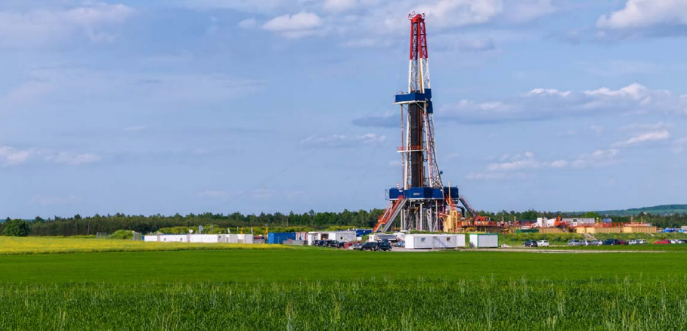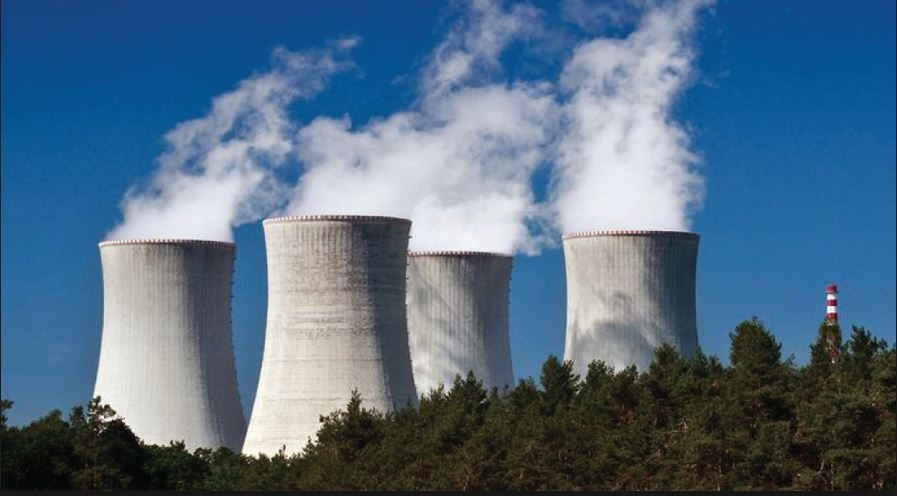The future of energy is looking greener. Moving into 2023, drivers for renewable growth are some of the strongest the industry has seen, including competitive costs, supportive policies, and burgeoning demand.
By 2024, almost 33 percent of the world’s electricity is forecast to come from renewables, with solar photovoltaic (PV) accounting for nearly 60 percent (or at least 697 gigawatts) of expected growth, according to Renewables 2019, a report from the International Energy Agency published in November 2019. Onshore wind (309 GW), hydropower (121 GW), offshore wind (43 GW), and bioenergy follow (41 GW).
Drastically lower production costs, growing concern around climate change, evolving global energy policies, and increased pressure from investors on companies to adopt environmental social governance (ESG) policies are pushing renewables into the mainstream.
This year alone, more than 12 large U.S. coal companies had filed for bankruptcy as of October 2019, in a signal of the shifting landscape. In Australia, the National Electricity Market showed that on Nov. 6, renewables reached a milestone—powering 50 percent of the country’s main electricity grid. Rooftop solar provided nearly 24 percent, followed by wind (about 16 percent), large-scale solar (about 9 percent), and hydro (about 2 percent). While renewable energy costs may continue to rise temporarily in 2023 due to ongoing supply chain challenges, wind and solar will likely remain the cheapest energy sources in most areas, as fuel costs for a conventional generation have been rising faster than renewable costs.
Federal clean energy policies. Among other supportive provisions, the IRA extends wind and solar tax credits for projects that begin construction before 2025 and technology-neutral credits through at least 2032. Projections suggest the law will spur 525 to 550 GW of new US utility-scale clean power by 2030.
State clean energy policies. Twenty-two states and the District of Columbia are targeting 100% renewable energy or 100% carbon-free electricity, often through clean and renewable energy mandates and incentives, with target dates between 2040 and 2050.
Utility decarbonization. As of October 2022, 43 of the 45 largest US investor-owned utilities have committed to reducing their carbon emissions, and boosting renewables are one of their key strategies for meeting those commitments.
Corporate renewable procurement. With a record 11 GW of US clean energy installations in 2021, the US is set to exceed that in 2022. More than 380 global businesses have committed to 100% clean electricity by joining the RE100 renewable electricity initiative, up from about 200 in 2019.
In Germany, a Norwegian company is running one of Europe’s largest power generation facilities—and doing it virtually, in an innovative example of how the sector could overcome challenges that arise when there's little wind or sun to generate power. The plant, which according to CNN Business could power 5 million homes, uses a cloud-based artificial intelligence program to link more than
1,500 wind, solar, and hydropower plants across the continent with electricity generation and storage facilities like batteries.
Renewables were the more sustainable—if more expensive—option. By 2023, they will actually make good business sense.
In 2023: The Near Future of Renewables, we present our predictions for how the sector will reimagine itself by capitalizing on this scalable green wave.
1. The future of solar is bright - Although slowed slightly by geopolitical tension and trade uncertainty, solar capacity will continue to grow over the next several years—surpassing a terawatt of global solar power generation by 2023.
2. Storage takes center stage - Storage will take its rightful place as a key grid asset by 2023, helping to increase the reliability and resilience of increasingly decentralized power systems. The adoption of diverse energy storage solutions, including long-duration batteries for utility-scale renewable integration, will grow by at least 30 percent year-over-year leading up to 2023.
3. No headwinds for wind power - Wind power will continue to grow, with increased storage capabilities explicitly developed for on and offshore wind, helping to improve the economics and productivity of such projects. Half of the 2023 global investments in the wind will go towards offshore technology and projects.
4. The energy convergence continues - Natural resources companies, from mining to oil and gas, will continue to invest in clean or renewable energy technology, including carbon capture, utilization, and sequestration—both to diversify their portfolios and reduce their corporate carbon footprints. By 2023, 20 oil and gas majors will have joined the Oil and Gas Climate Initiative, up from 13.
5. Cleantech investments soar - Following a cycle of disappointing returns, private equity and venture capital will return to the cleantech space in full force. Whether called cleantech or climate tech, the regulatory, economic, and scientific impetus for these technologies will see $600 billion dollars in global private investment by 2023.
Overall, as the industry heads into 2023, increasing demand and enticing, long-term incentives are creating strong stimuli. Of course, the uneven economy right now poses some rough sailing, but the destination is in sight and achievable. Citizens want more solar. Residential solar demand is growing faster than ever, up 35% in H1 2022 year over year, as households react to rising retail electricity prices and weather-driven power outages.
The private sector takes notice. Private investment in renewables hit a record high of $10 billion in the past year. That could continue, as investors are attracted by transparent returns on mature technologies backed by 10-year tax credits with direct payment options.


















